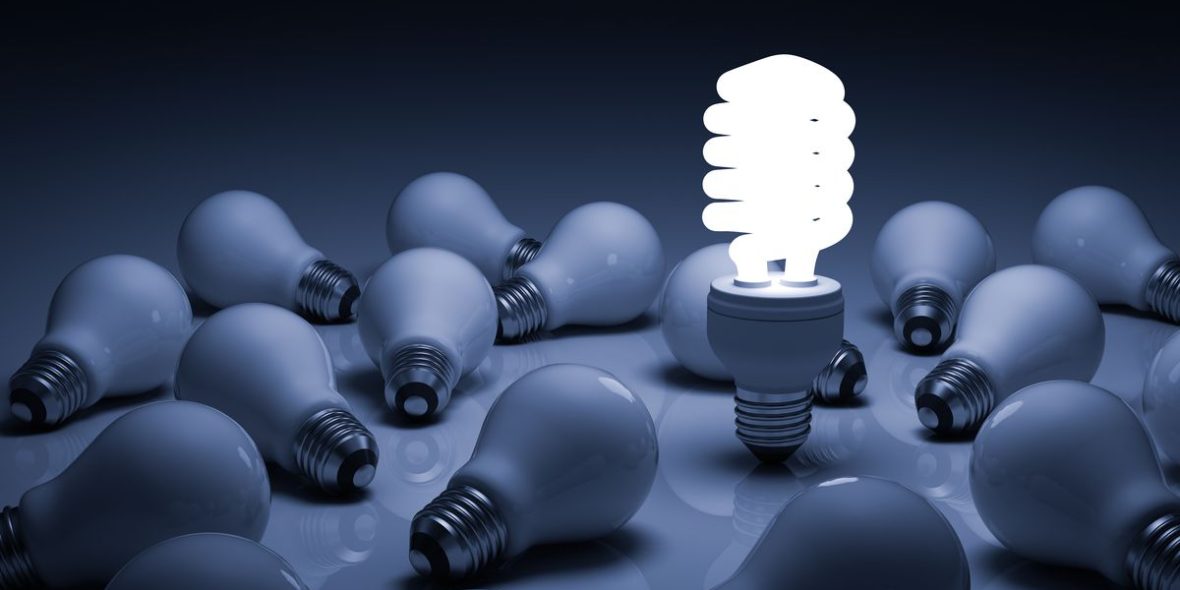Electricity: Types, Uses, Pros and Cons of a Fundamental Force Explained
Electricity: Illuminating the Wonders and Challenges of a Fundamental Force
Electricity, a phenomenon that has revolutionized human civilization since its discovery, is an intricate and indispensable part of our modern lives. From powering our homes to driving technological advancements, electricity has woven itself into every aspect of society. In this comprehensive article, we will delve into the depths of electricity, discussing its types, forms, uses, as well as the pros and cons associated with its usage.
Understanding Electricity: A Primer
At its core, electricity is the flow of charged particles, typically electrons, through a conductor. This flow of charges is driven by a potential difference, commonly known as voltage. This movement of electrons is responsible for the creation of electric currents, which can be harnessed for various applications. The study of electricity is part of the broader field of electromagnetism, a branch of physics that explores the relationship between electric and magnetic fields.
Types of Electricity
**1. *Direct Current (DC)*: In direct current, electrons flow consistently in one direction through a conductor. Batteries and solar cells are common sources of DC power. It is used in low voltage applications like electronics and is characterized by a stable voltage level.
2. Alternating Current (AC): Alternating current involves the periodic reversal of the direction of electron flow. AC power is generated at power plants and is transmitted over long distances through power lines. It’s easily transformable and adaptable, making it suitable for high voltage transmission and various appliances.
Forms of Electricity
1. Static Electricity: This form involves the accumulation of electric charge on the surface of objects due to the transfer of electrons. Lightning is a natural manifestation of static electricity, caused by the discharge of accumulated charges in the atmosphere.
2. Current Electricity: This is the continuous flow of electric charges through a conductor. Current electricity powers the devices and appliances we use daily.
Uses of Electricity
1. Power Generation: One of the primary uses of electricity is power generation. Through various methods such as coal, natural gas, nuclear fission, hydroelectric, solar, and wind, mechanical energy is converted into electricity. This electricity then powers homes, industries, and institutions.
2. Lighting: Electric lighting has revolutionized society by eliminating the dependence on daylight for activities. Incandescent bulbs, fluorescent lights, LED lights, and more recently, smart lighting systems, have transformed the way we illuminate our surroundings.
3. Heating and Cooling: Electricity powers heating and cooling systems in homes and commercial spaces. Electric heaters, air conditioners, and heat pumps are essential for maintaining comfortable indoor temperatures.
4. Electronics and Communication: The advent of electronics, driven by electricity, has brought about a technological revolution. From smartphones to computers, televisions to radios, all these devices rely on electricity to function.
5. Transportation: Electric vehicles (EVs) are gaining traction as a sustainable alternative to internal combustion engine vehicles. Electricity powers the engines of EVs, reducing greenhouse gas emissions and dependence on fossil fuels.
6. Industrial Processes: Numerous industrial processes, such as manufacturing, chemical synthesis, and metallurgy, rely on electricity for powering machinery and facilitating various operations.
7. Medical Applications: Electricity is crucial in the field of medicine, from diagnostic equipment like X-rays and MRI machines to life-saving devices like defibrillators and pacemakers.
Pros of Electricity
1. Convenience: Electricity has revolutionized the way we live, offering convenience and comfort that was unimaginable in the past. It powers our homes, entertainment, communication, and transportation systems, enhancing our quality of life.
2. Clean Energy Transition: With the growing awareness of environmental issues, there is a significant push towards renewable energy sources like solar and wind power. These sources generate electricity without emitting greenhouse gases, contributing to a cleaner planet.
3. Technological Advancements: The proliferation of electricity-driven technology has led to monumental advancements in various fields, from healthcare to space exploration, driving innovation and improving the human condition.
4. Economic Growth: Electricity is a catalyst for economic growth. Industries, businesses, and services rely on a stable and efficient supply of electricity to operate, promoting economic development.
Cons of Electricity
1. Environmental Impact: While renewable sources are cleaner, conventional methods of electricity generation, such as burning fossil fuels, contribute to air and water pollution and contribute to climate change.
2. Energy Loss during Transmission: When electricity is transmitted over long distances, there is a loss of energy due to resistance in the transmission lines. This loss can be substantial, affecting overall efficiency.
3. Reliability and Vulnerability: Our dependence on electricity makes us vulnerable to power outages, whether due to technical failures, natural disasters, or cyberattacks. Such disruptions can have significant social and economic consequences.
4. Safety Concerns: Electricity can be hazardous if not handled properly. Electric shocks, fires, and accidents are risks associated with improper electrical installations or maintenance.
5. Energy Intensive: Some processes, especially in heavy industries, require a significant amount of electricity. This demand can strain energy resources and lead to higher costs.
7 technology to make electricity
Conclusion
Electricity, a fundamental force that has shaped the course of human history, is a remarkable phenomenon that powers our modern world. Its various forms, types, and applications highlight its versatility and indispensability. While the pros of electricity encompass convenience, technological progress, and a cleaner energy transition, its cons underscore environmental concerns, energy loss, and safety issues. As we continue to harness the power of electricity, striking a balance between its benefits and challenges is essential for a sustainable and prosperous future.


Leave a Comment